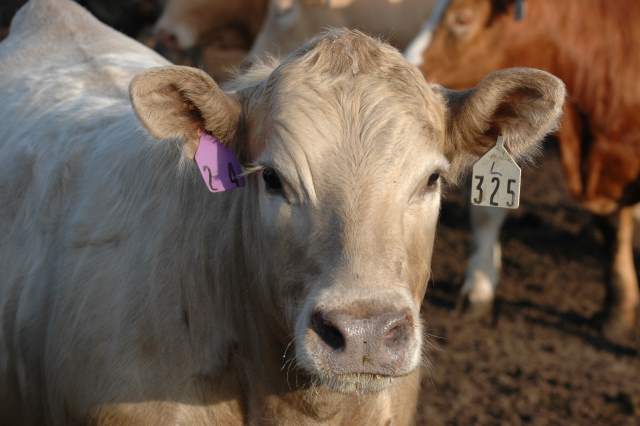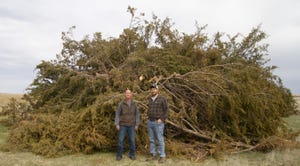Down in the mouth about cattle prices? Remember, prices are still historically strong
July 27, 2016

If a positive attitude was the requisite currency for trading calves, then prices would likely be lots lower than they are currently.
Some of the negativity commonly encountered in conversations these days is easy to understand: everything from the extraordinary price decline in recent months; to futures markets that seem unhinged from fundamental reality; to a presidential election leaving many wondering how they ended up in another country, though their address remains the same.
There are also plenty of folks on the wrong end of an economic swap, caught amid the price transition—buying too high and then having to sell too low.
On the other hand, you hear plenty of stories about sellers passing on bids that are still among the highest in history, though certainly less than what it took to buy lots fewer calves last year.
For instance, the May price (most recent data available) for feeder cattle and calves was $147 per cwt in the monthly Agricultural Prices from the National Agricultural Statistics Service. It was $233 last year and $195 in 2014, but $135 in 2013. The month doesn’t matter much; it’s the trend and degree.
None of that says anything about the margin, of course, and whether costs remain the same or continue to ratchet higher.
Prices may be near seasonal bounce
Market reaction to the most recent monthly Cattle on Feed report that showed fewer placements than expected was positive with limit-up moves in cattle futures, and higher early-week cash prices for calves and feeder cattle at auction. Wholesale beef values appear to be at or beyond the seasonal bottom, too.
As Andrew P. Griffith, agricultural economist at the University of Tennessee, noted in his weekly market comments, “The expectation is for prices (fed cattle) to reverse direction within the next few weeks, but the magnitude and speed of that turnaround may be disappointing to many in the industry. As large numbers of cattle continue to be harvested, cattle feeders will continue to look for cattle to fill pens. The refilling of pens should support feeder cattle prices in the near term but fears of large numbers this fall will slow positive price movement.”
Likewise, analysts with the Livestock Marketing Information Center (LMIC) explain in the most recent Livestock Monitor, ��“As the second half of 2016 progresses, year-over-year declines in cattle prices are forecast to moderate. As the year wraps up, the fed steer price could match or slightly exceed the depressed level of late 2015. Yearling and calf prices are expected to remain below 2015’s through year-end.”
In other words, prices will continue to trend lower overall as beef production increases, relative to consumer beef demand.
Already, there is plenty of speculation about whether herd expansion will continue much beyond this year.
In his most recent weekly market comments, Derrell Peel, Extension livestock marketing specialist at Oklahoma State University, points to increased cow slaughter and heifer feedlot placements as indicators of slowing expansion.
Although herd expansion—at a slower pace this year than last—is expected this year, Peel says, “The bigger question may be whether herd expansion will continue in 2017. The faster and sharper contraction in cow-calf returns in recent months makes this a smaller prospect than just a few months ago.”
There’s nothing unexpected in all of this. Although there are opportunities to add value to cattle—and some folks do an amazing job of it—cattle and beef are still commodity businesses, which seek breakeven price levels over time and between sectors.
You might also like:
4 facts to debunk "Meat is horrible" article
60 stunning photos that showcase ranch work ethics
Best risk strategy options for cattle producers
Does it really take six years to cover your costs on a cow? NO!
Enjoy a few laughs with Rubes cartoons
You May Also Like
.png?width=300&auto=webp&quality=80&disable=upscale)


